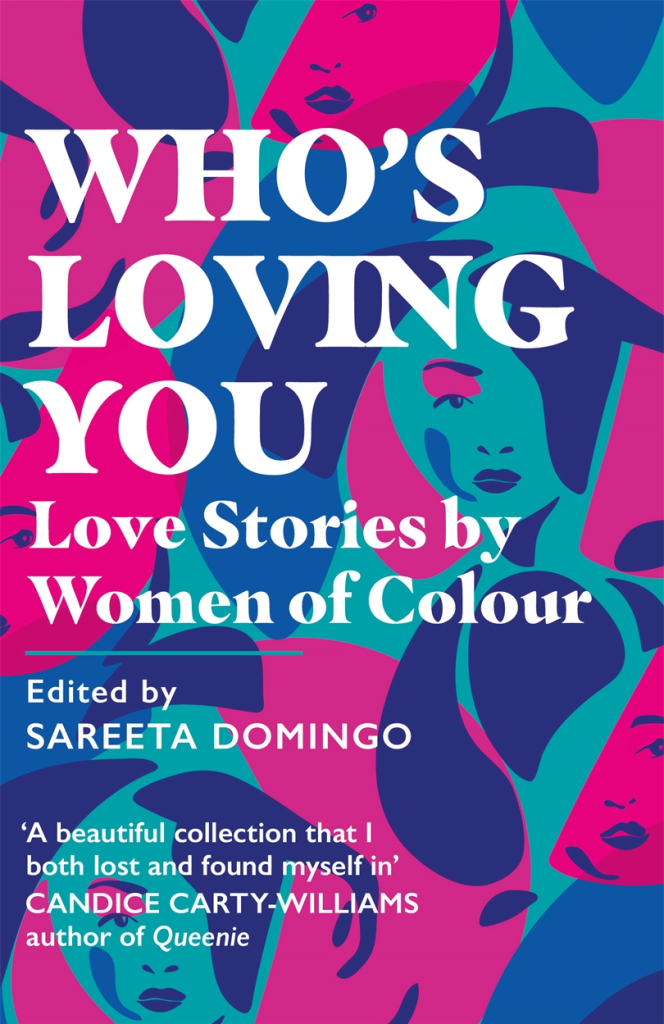Stories crafted from or inspired by fairy tales have been my favourites since I was a child, when they would fill me with wonder and excitement. These days, when I hear about a book of newly crafted fairy tales in adult form, much of the same feeling still remains. There’s something about the whimsy, the abstract creativity, the presentation of a world both beautiful and horrifying, that ever appeals to my imagination. In Her Body And Other Parties, Carmen Maria Machado proves that she is well versed in the narrative and abstract form of the fairy tale; her beautifully matter-of-fact, distant and even a little bit queer prose brims with all its whimsical staples; ethereal, prowling creatures, flowing and ornate descriptions of a fantastical world and depictions of hard life and easy death, especially for women. But Machado elevates her narrative beyond the fairy tale, breaking down and complicating the juxtaposing angles of the world of frill and magic and the harsh, hyper-realistic environment her central female characters struggle in. Indeed, the way she writes her women in such a genre-breaking manner is inspiring, passionate and even sometimes somewhat revolutionary.
In Her Body, Machado places extreme focus on the female form and its many physical uses, aesthetics and discourses, so much so that it almost becomes a looming, omniscient character of its own. She describes the “one-beer-deep feeling” of cradling a baby and sex so incredible it’s “like a bottle breaking against a brick wall.” Throughout the collection of eight stories, there’s an overriding emphasis placed on the extremes of female physicality and its link to the psyche; the highs of sexual and emotional pleasure and the lows of despair and self-loathing triggered by our unkindness to ourselves in terms of how we view our bodies – and therefore ourselves – as inadequate and ugly during both youth and old age, when our bodies betray us and begin to fail.
Indeed, all eight of Machado’s stories showcase different women on the verges of different physical catastrophes: two women have apparently and unwittingly conceived a child together. After suffering a brutal attack, a beaten and bruised woman discovers she can now hear the thoughts of actors in online porn videos. An unhappy wife battles her overbearing husband in order to keep him from untying the mysterious ribbon she wears around her neck and the secrets it would unravel. Throughout, there is incessant gossip, usually featuring a scandalously pregnant woman, beaten brides, women who trusted the wrong men or were in the wrong place at the wrong time. All eight stories are stitched together by two common themes: ailments, either physical or mental, arising from the body and the sheer fear that such ailments birth.
And this is where the real strength of Machado’s collection lies. The purpose of a traditional fairy tale is to warn us as females against the sins and temptations of the greater world and the men that live within it. Fairy tales have always been a means of teaching, a way to introduce young girls to the frightening adult realities of sexuality, death and grief. But it’s usually always been expressed in a controlled, repressed and never candid way. Traditional fairy tales teach us that if we learn from the mistakes of the oft silly, immature females in the stories, we can avoid destruction and enjoy our own happily-ever afters. In Her Body, Machado presents us with something entirely different: fear. Total, unrestrained fear. She never tries to step around harsh realities or sugar coat grim encounters or situations, instead she unapologetically exposes us to it. Her writing style allows us as readers to be privy to information about the characters that they themselves aren’t aware of, that we ourselves likely wouldn’t want to know about our own subconscious and the subconscious of those around us. Some of that information is terrifying, proving that the greatest thing we will ever have to fear is ourselves. In such ways, Machado’s fairy tales are lessons of their own. Through guiding us through the many faces – both rational and not – of female fear and self-identity, we can better understand what the right things in life to sweat over are. Machado takes great care in explaining to the female reader that our own subjective fears; of life, love, even our own bodies, are what keeps us in line. Fear of own own power, capability and place in the world is the modern woman’s equivalent of high, inescapable towers and glass coffins. Her lessons are something we should all be thinking about.






